Ready or not, here it comes:
- Alas, Sunday's game against the New York Jets at Heinz Field is to be the final flight of the bumblebees. Officially the final flight, because the Steelers no longer will wear their 1934 throwback jerseys after Sunday's game against the Jets.
- "This will be the last time we wear them," said Steelers President Art Rooney II. "Next year, we will not have a throwback jersey to wear. We are evaluating what we will do in the future. We have some ideas and plans, but we're really not ready to reveal those yet in terms of what the next throwback will look like. This throwback has been a success from a lot of different standpoints. Even though some people didn't like it, the majority of our fans did like it and a lot of them bought the jersey. It's been a fun uniform to have."
- The way the NFL works it with throwback jerseys is that once a team picks one it must make a 5-year commitment to it. The Steelers began wearing the 1934 throwback – nicknamed the bumblebee jersey for obvious reasons – in 2012. Sunday's game against the Jets will complete that 5-year commitment and will be the sixth time the team has been outfitted in their bumblebees.
>>> SHOP: Throwback Jersey Collection
- The Steelers wore them twice in 2012 – in games against Washington and Baltimore – and once each in 2013 (vs. Detroit), 2014 (Indianapolis), 2015 (Cincinnati), and 2016 (Jets). The bumblebees bring a 3-2 record into Sunday's game, with the wins over Washington, Detroit, and Indianapolis and the losses coming to the Ravens and Bengals.
- The NFL also will be making use of "color rush" uniforms for all of its Thursday night games and a selection of others this season. The Steelers will wear their all-black 'color rush' uniforms for the Christmas Day game against the Ravens. As Rooney said, the Steelers won't have a throwback for 2017, but he imagines the team will wear its 'color rush' uniform next year, which would fill the void until a new throwback is selected.
>>> SHOP: Color Rush Collection
- So far, the Steelers have worn three different versions of throwback jerseys. In 1994 as part of the NFL's 75th Anniversary Season, the Steelers wore their 1933 jerseys – from their inaugural season in the league – which had a crest of the City of Pittsburgh on the front. The second throwback was a plain back jersey with gold numbers and a gold helmet that the team wore in era of the 1940s-50s. The third throwback was the bumblebees.
Check out the best photos of the Steelers rocking their swag on and off the field.

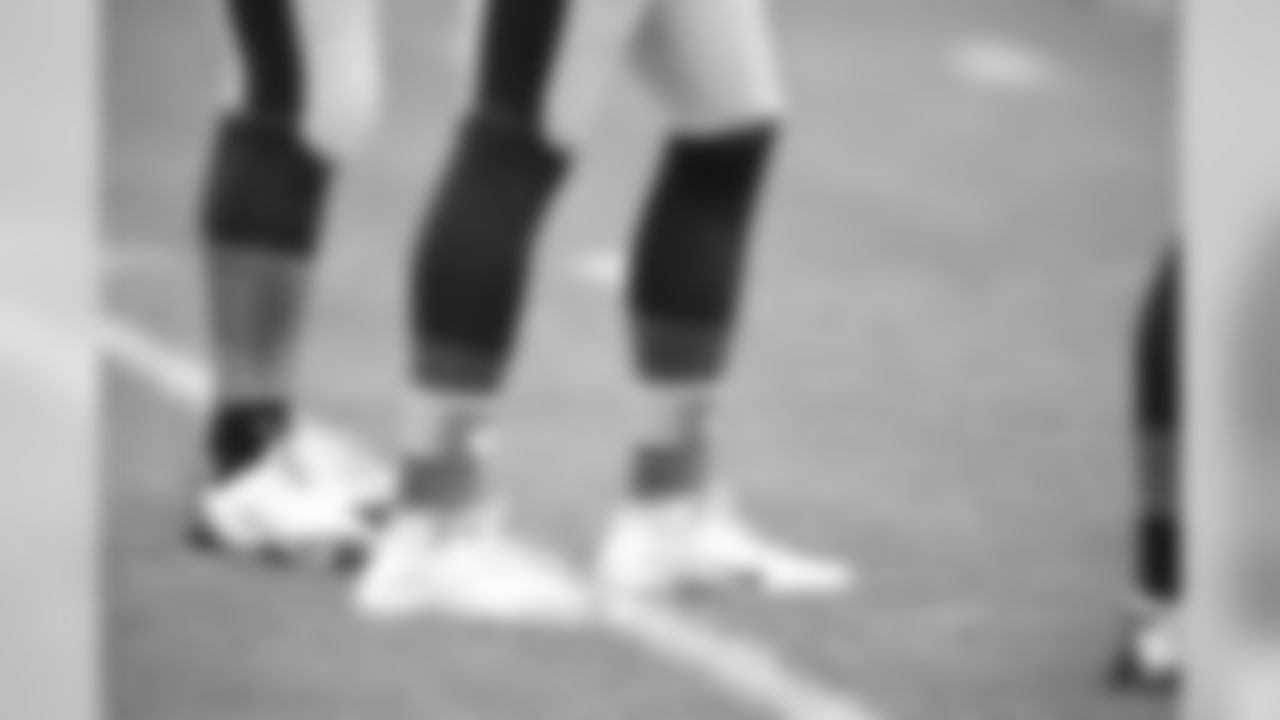
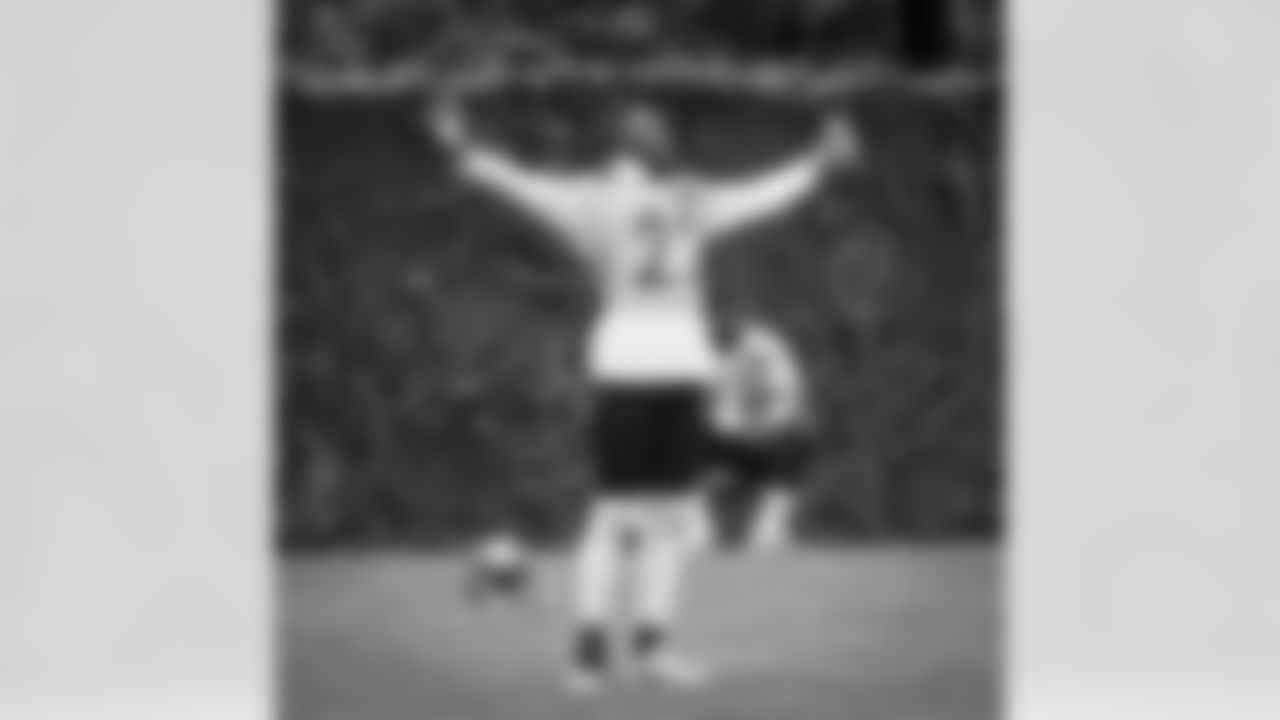


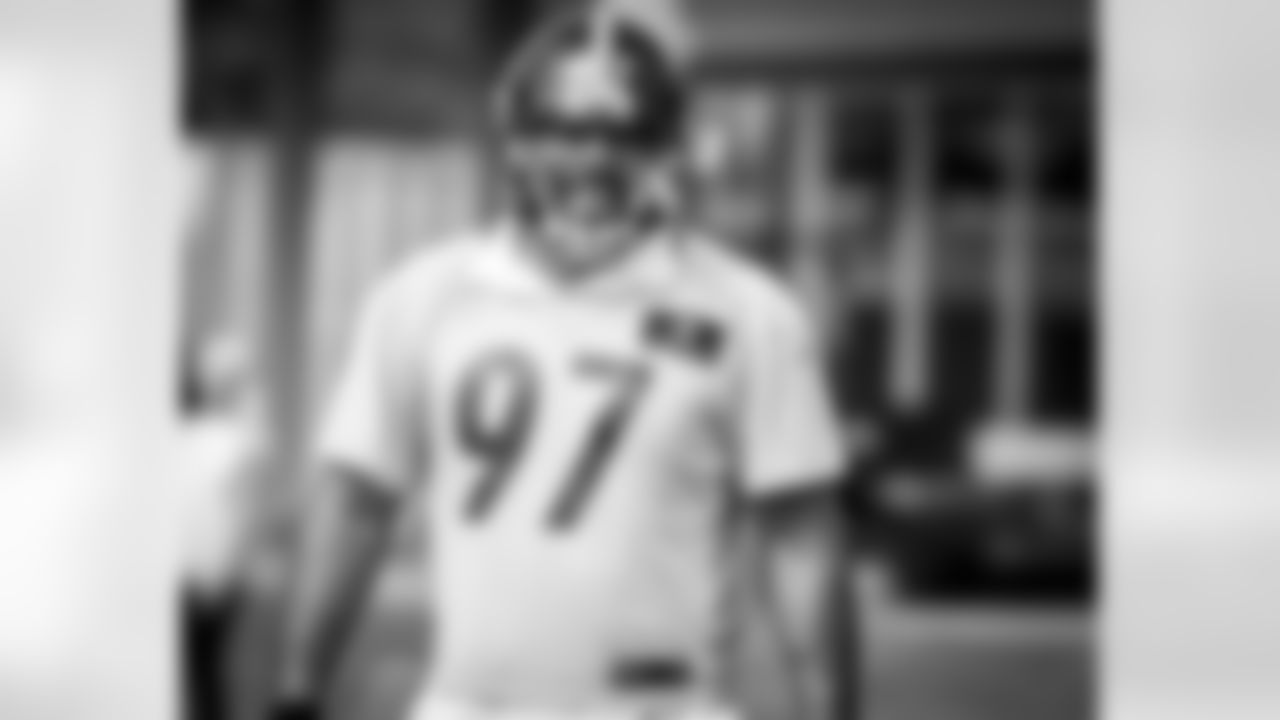
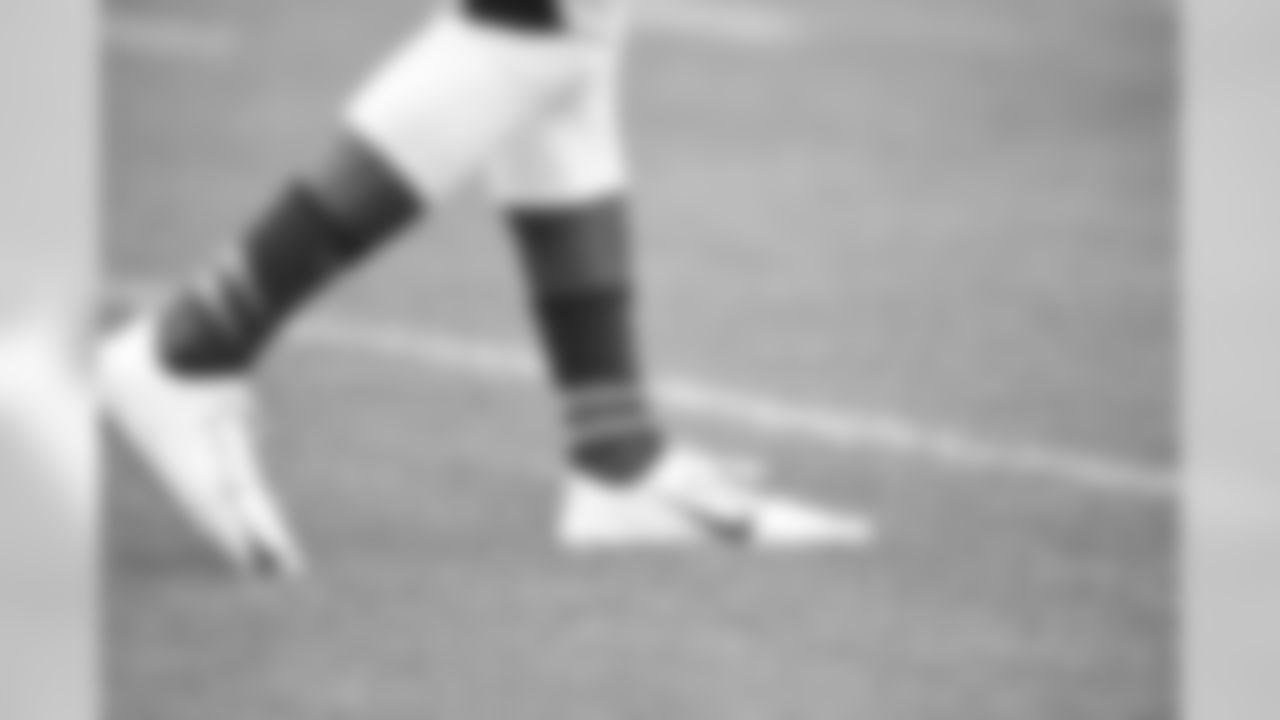
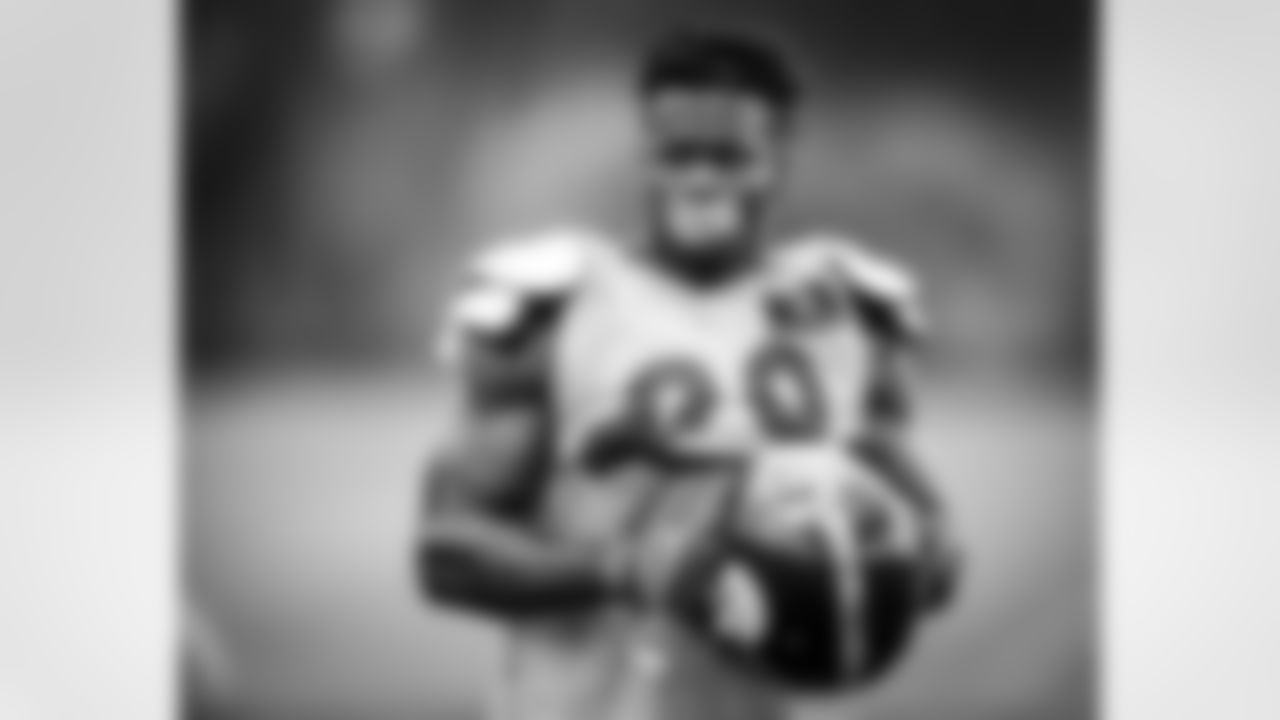
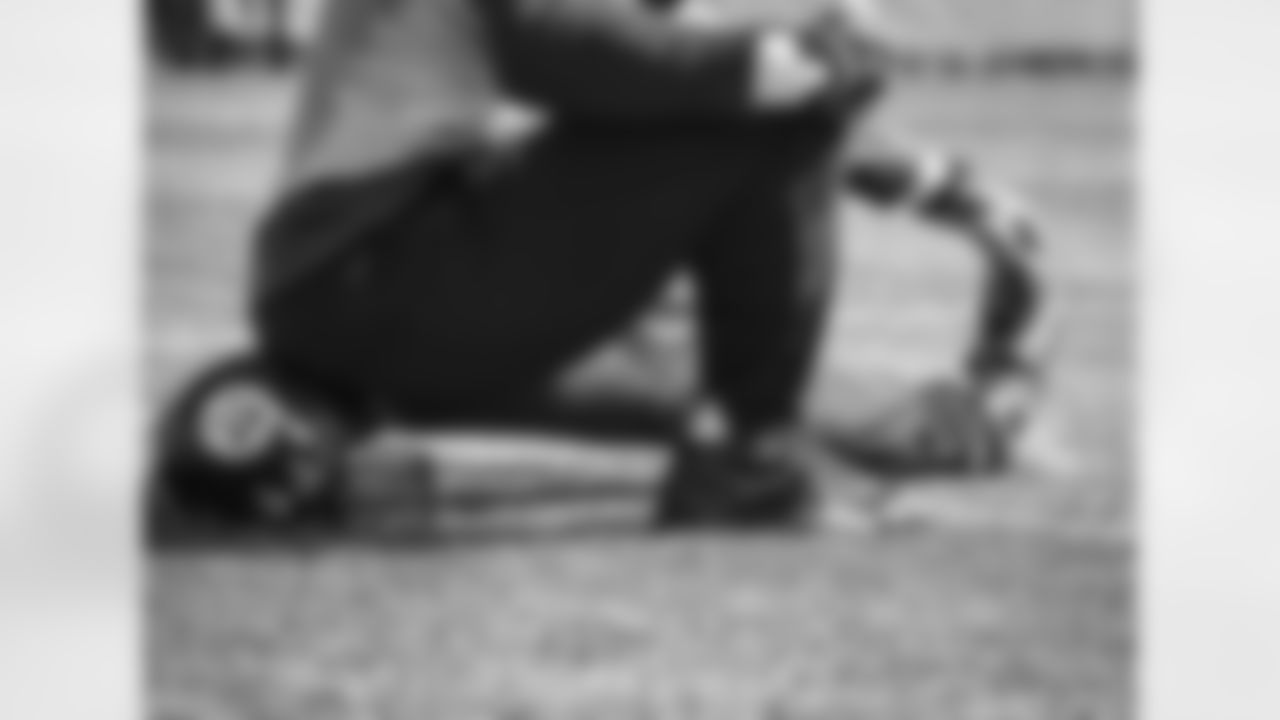
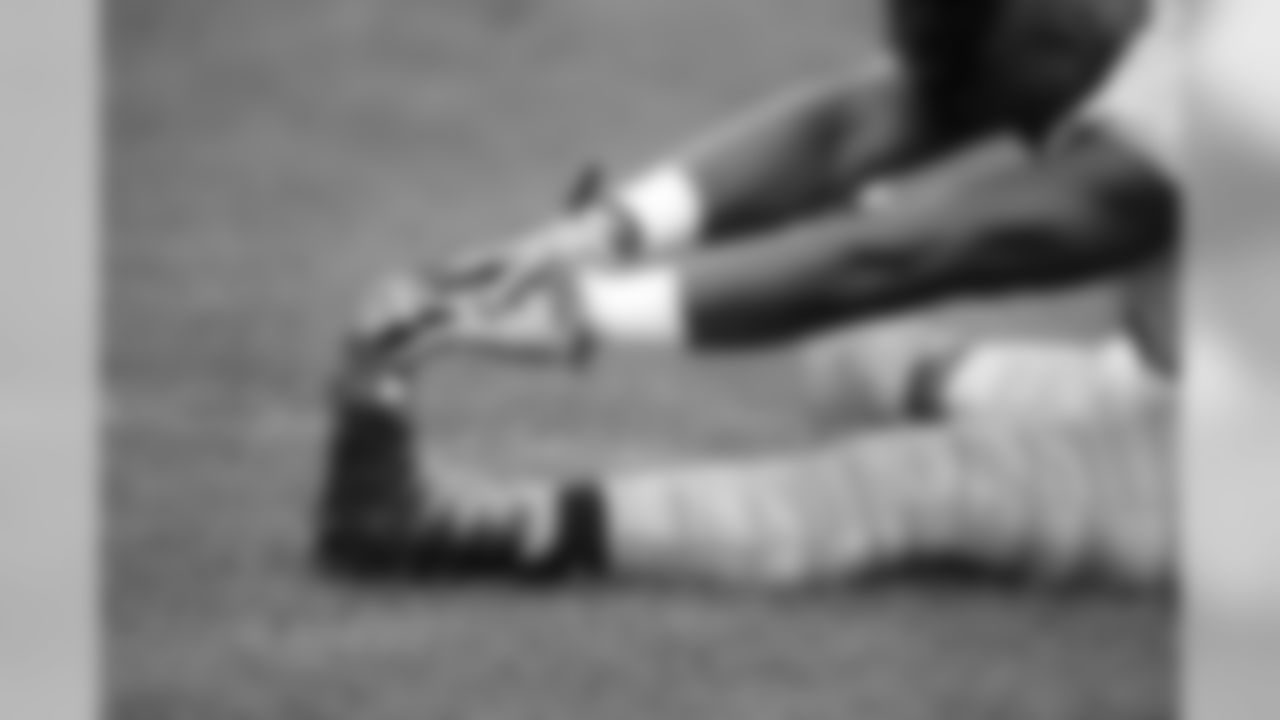

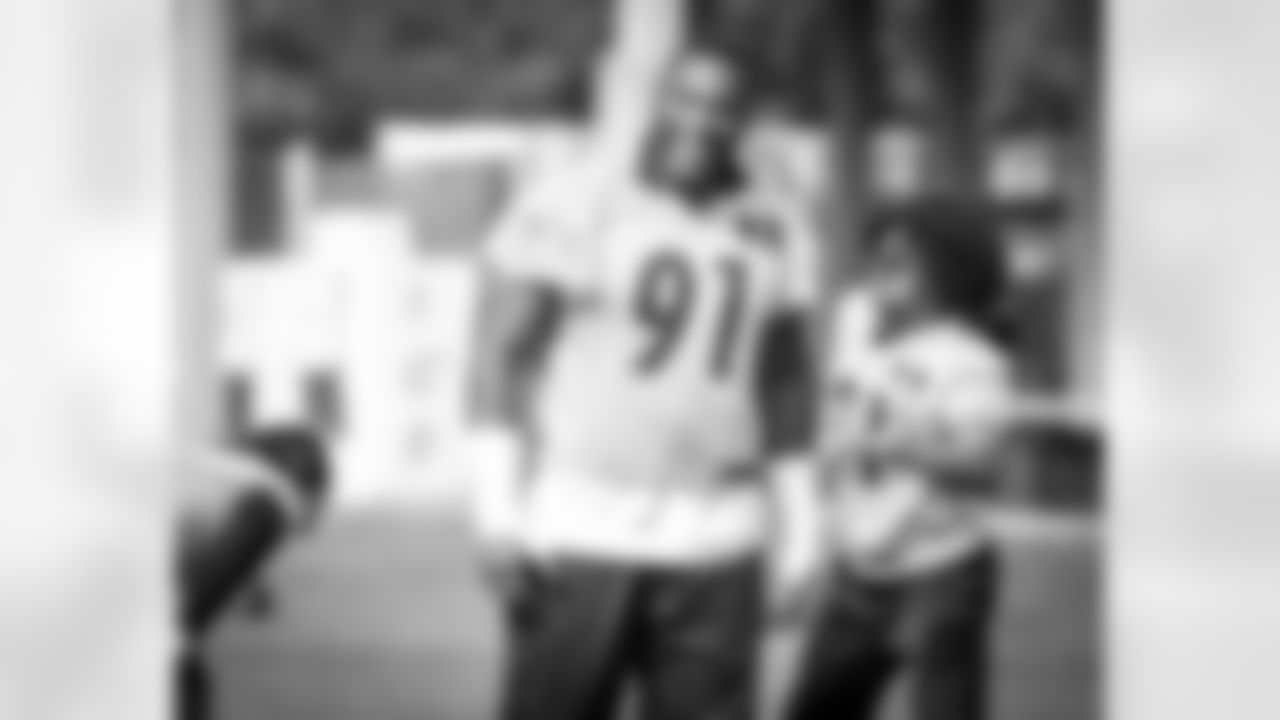



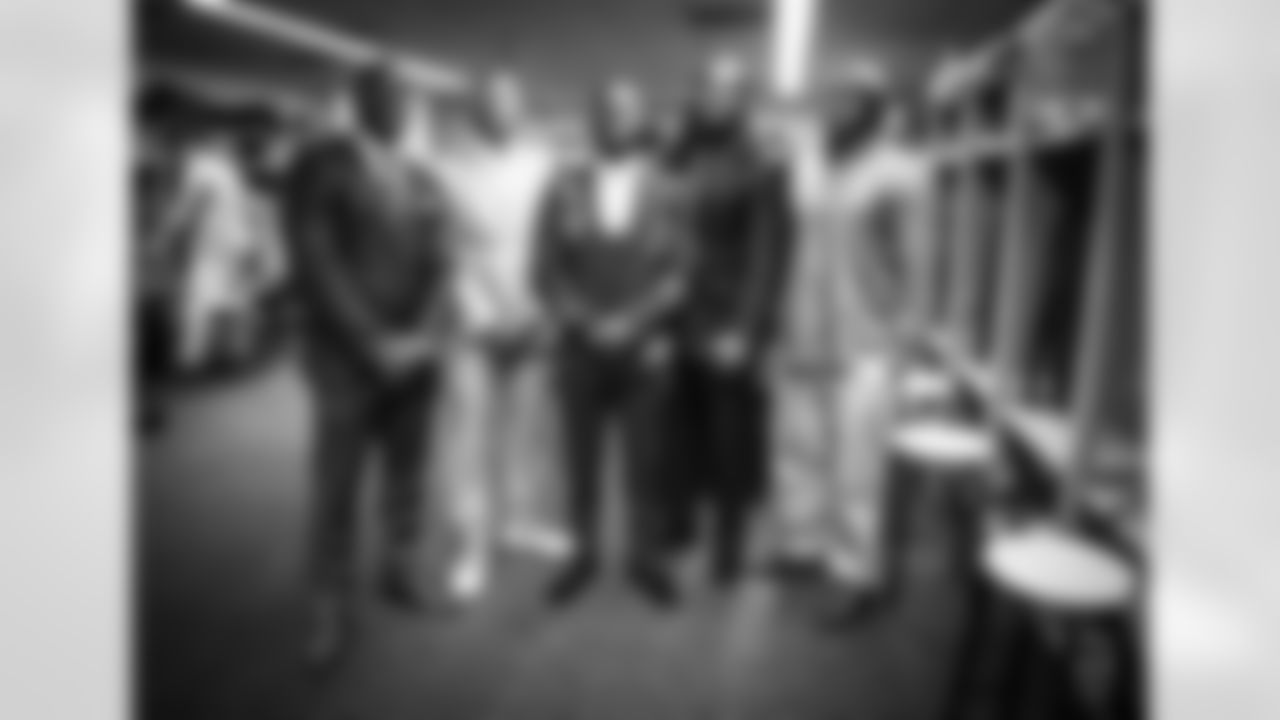

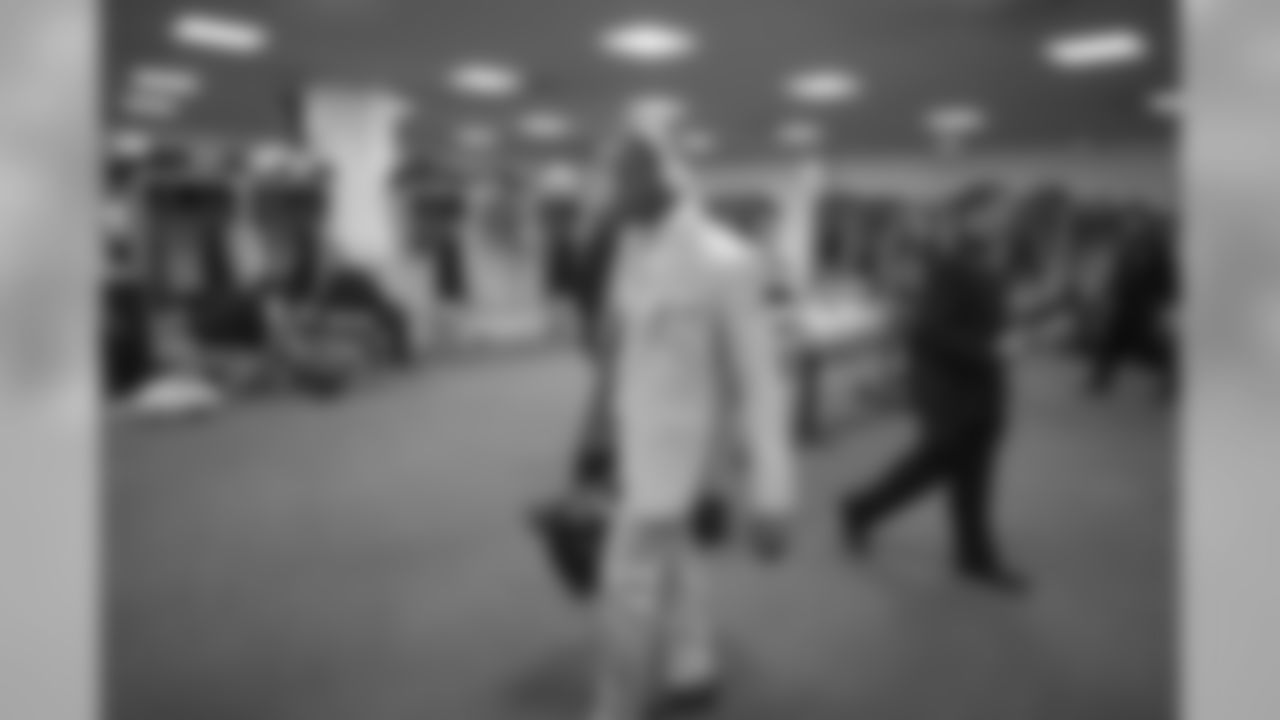
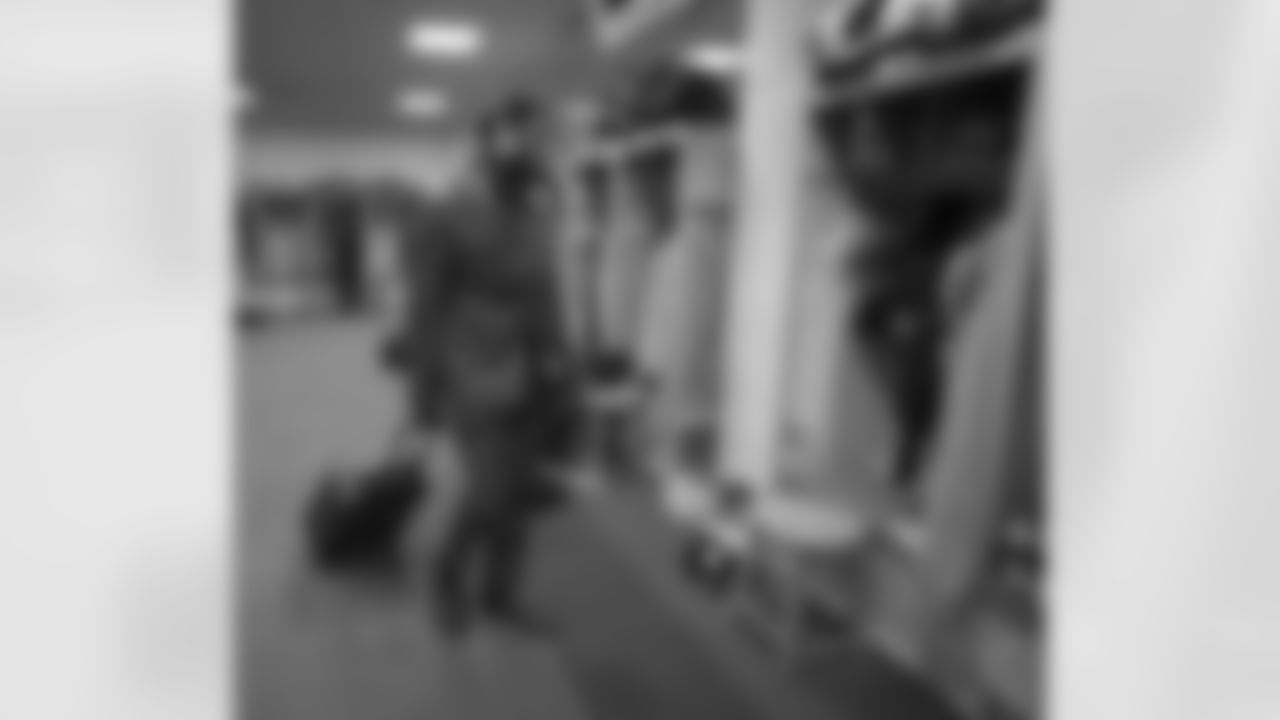





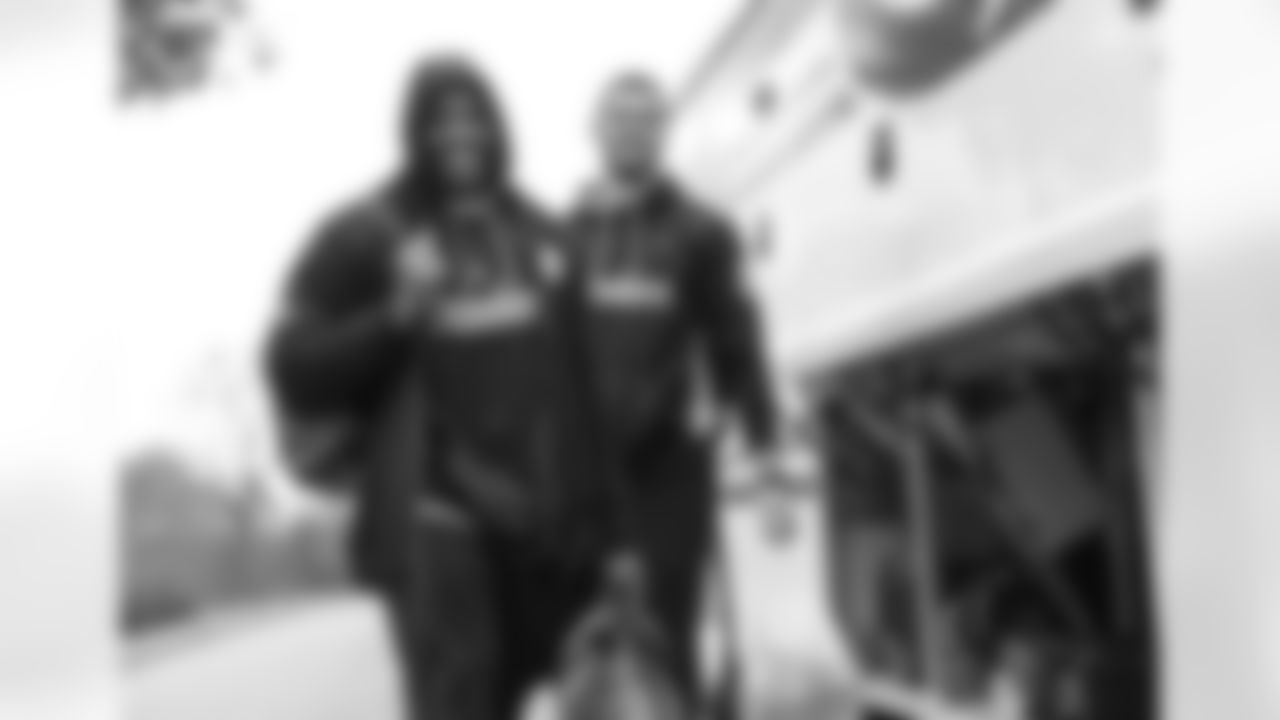
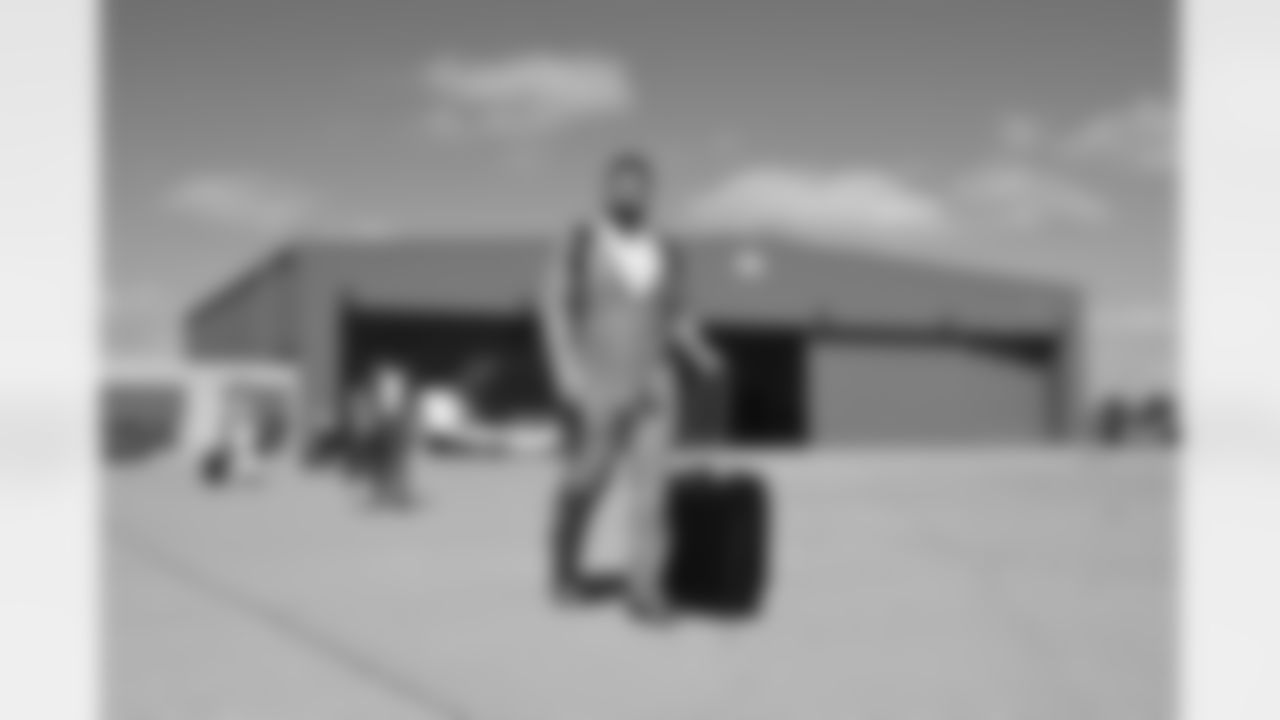


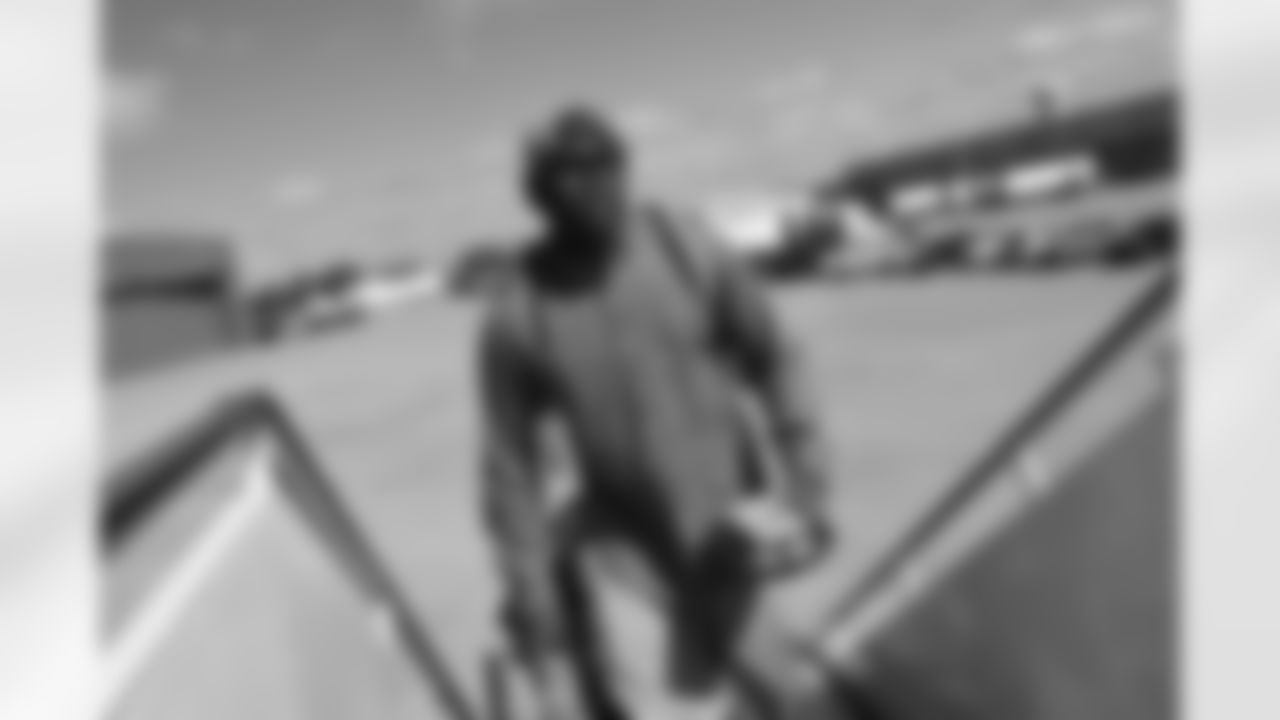
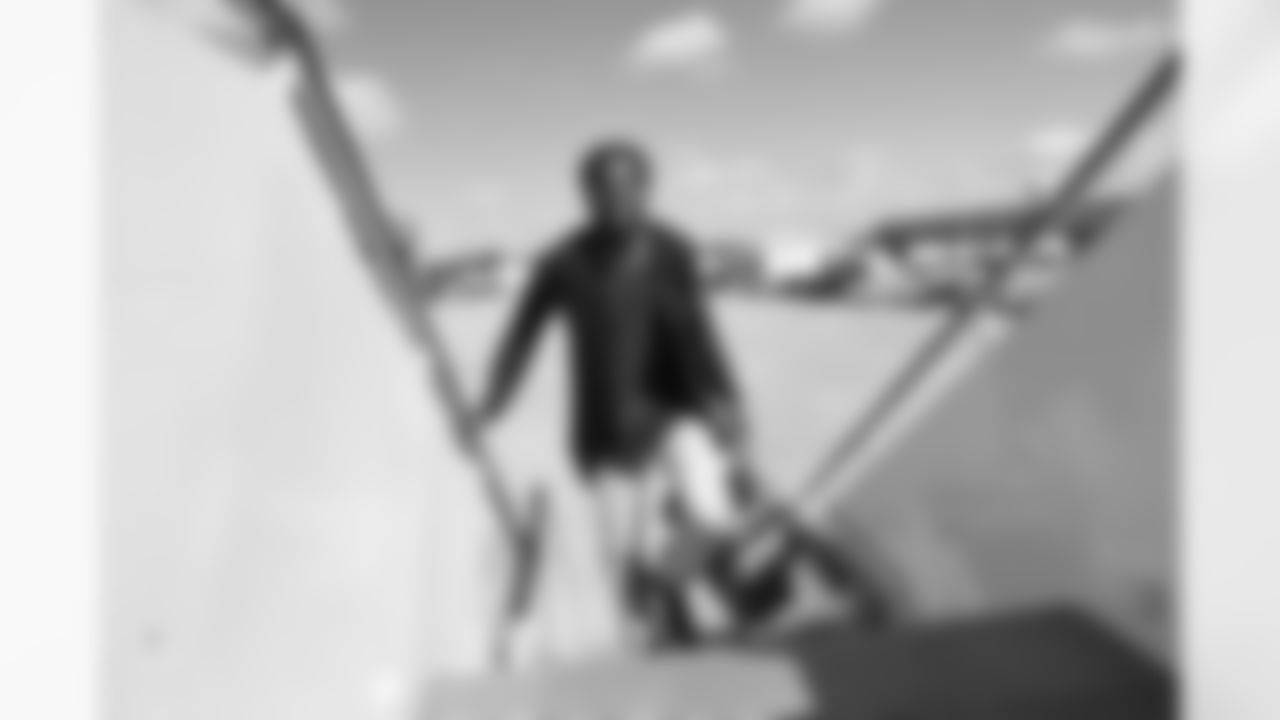

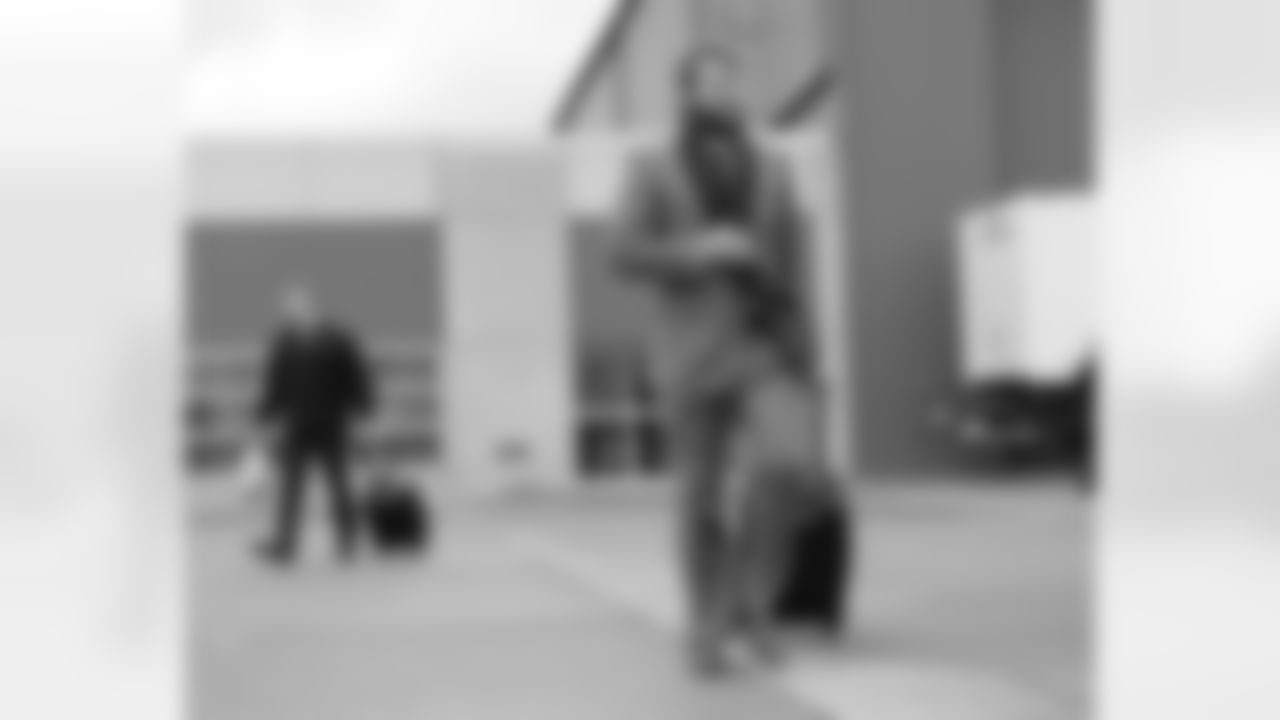
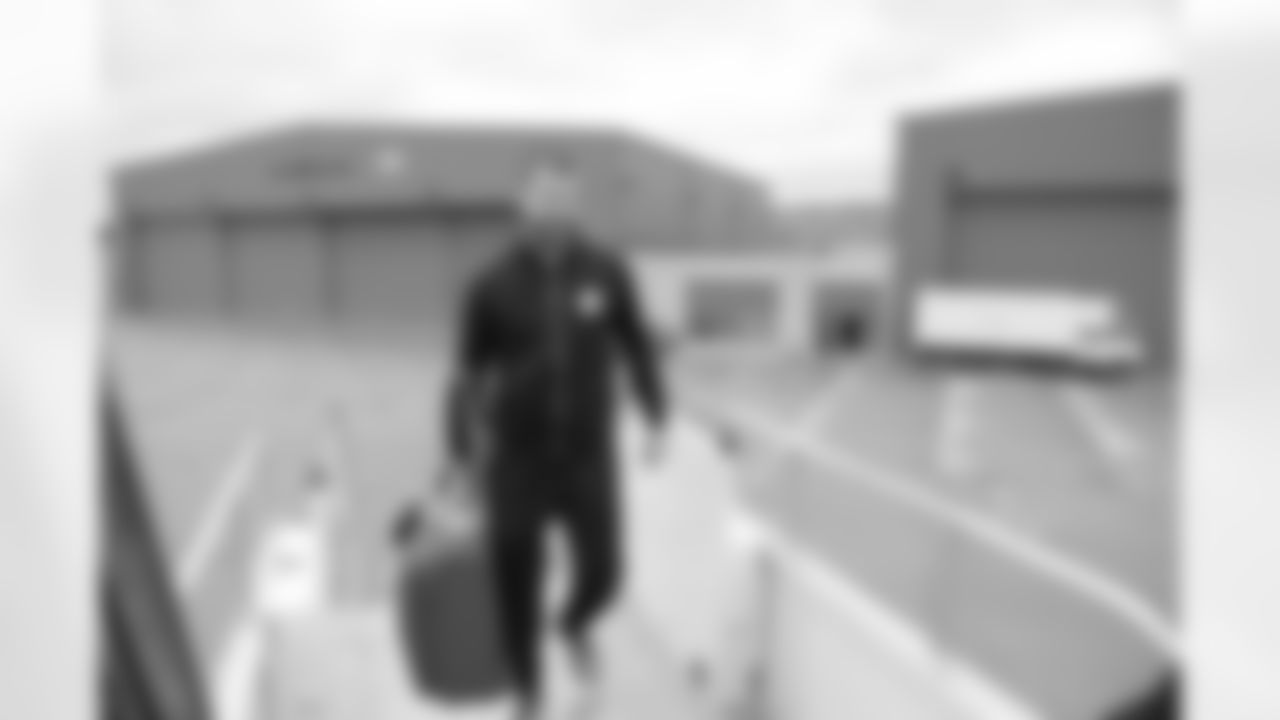





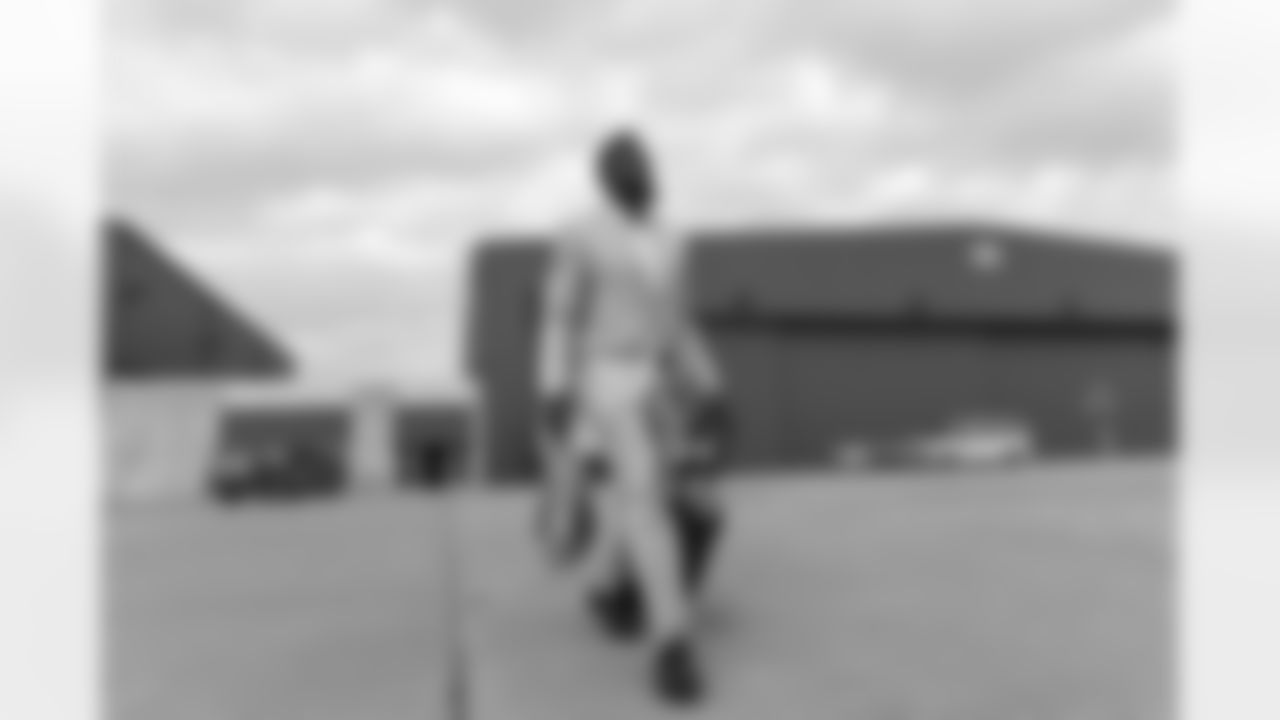

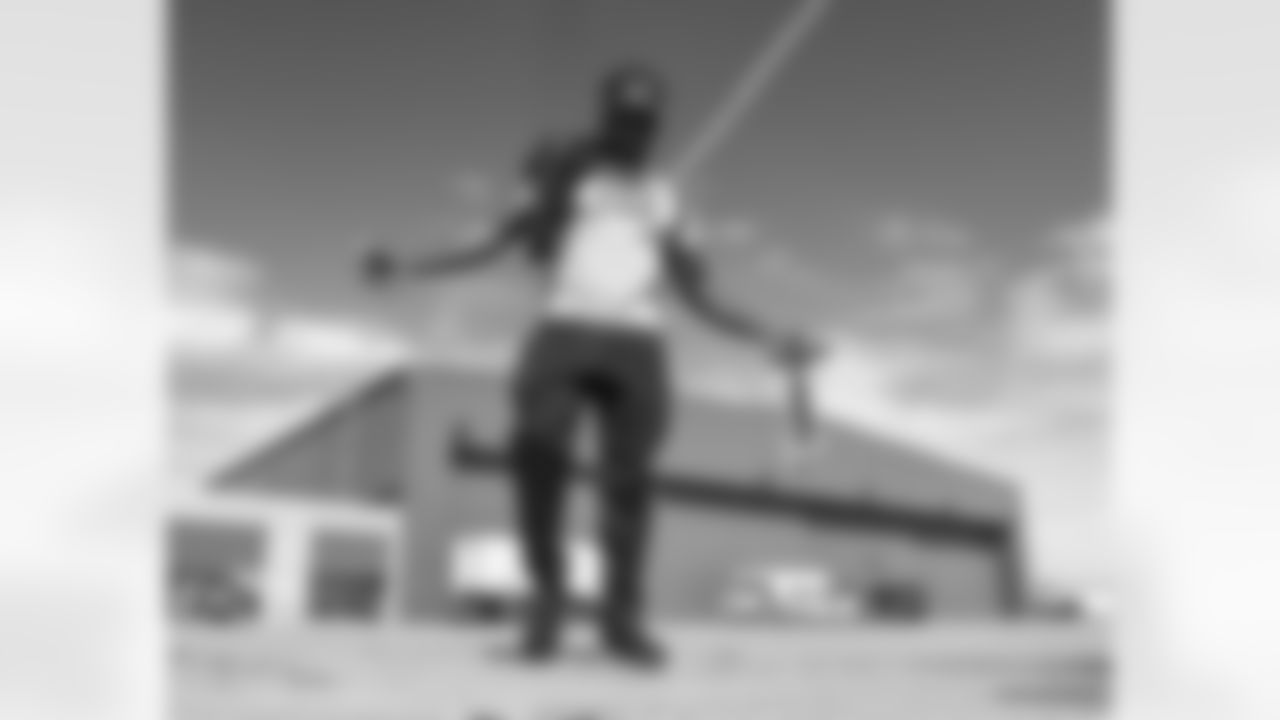




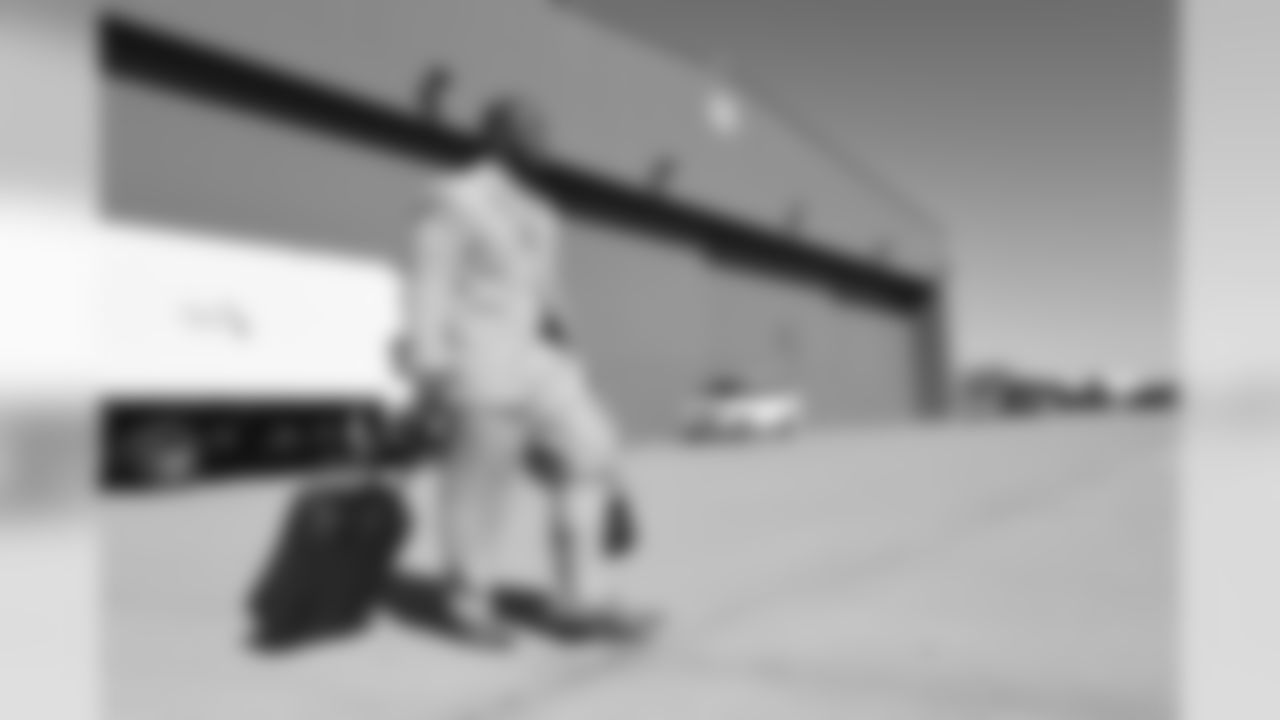




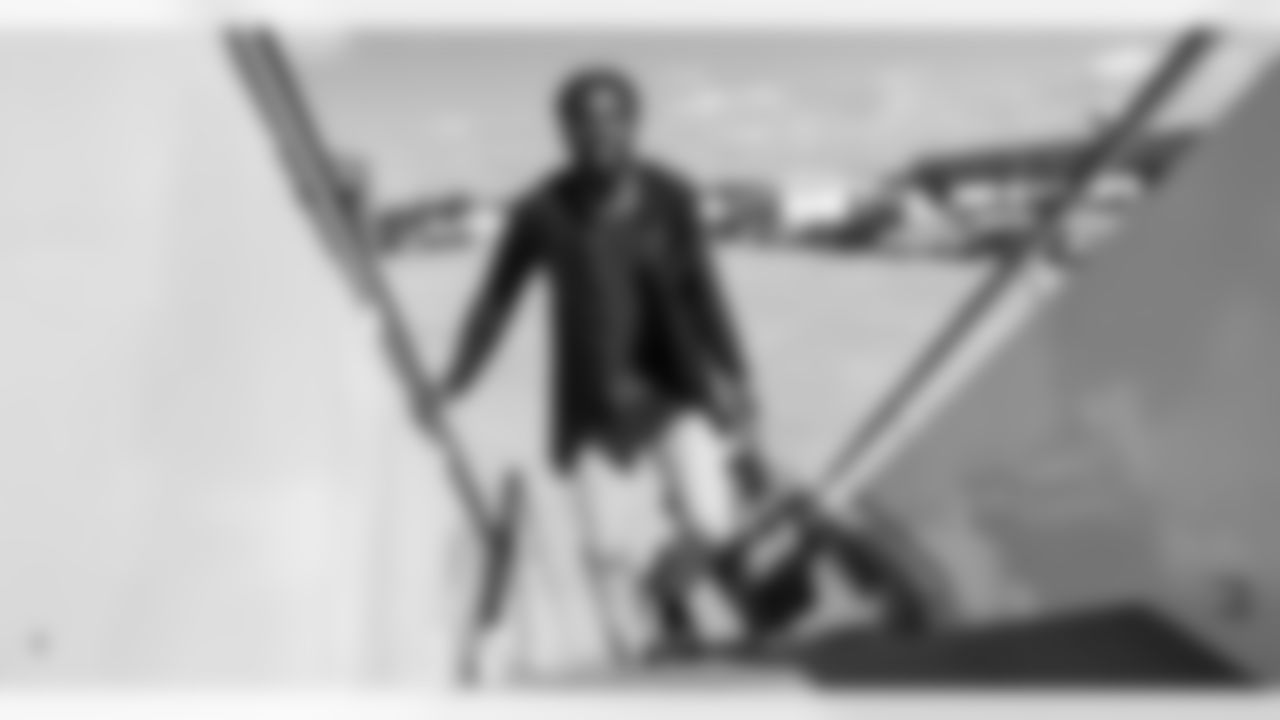

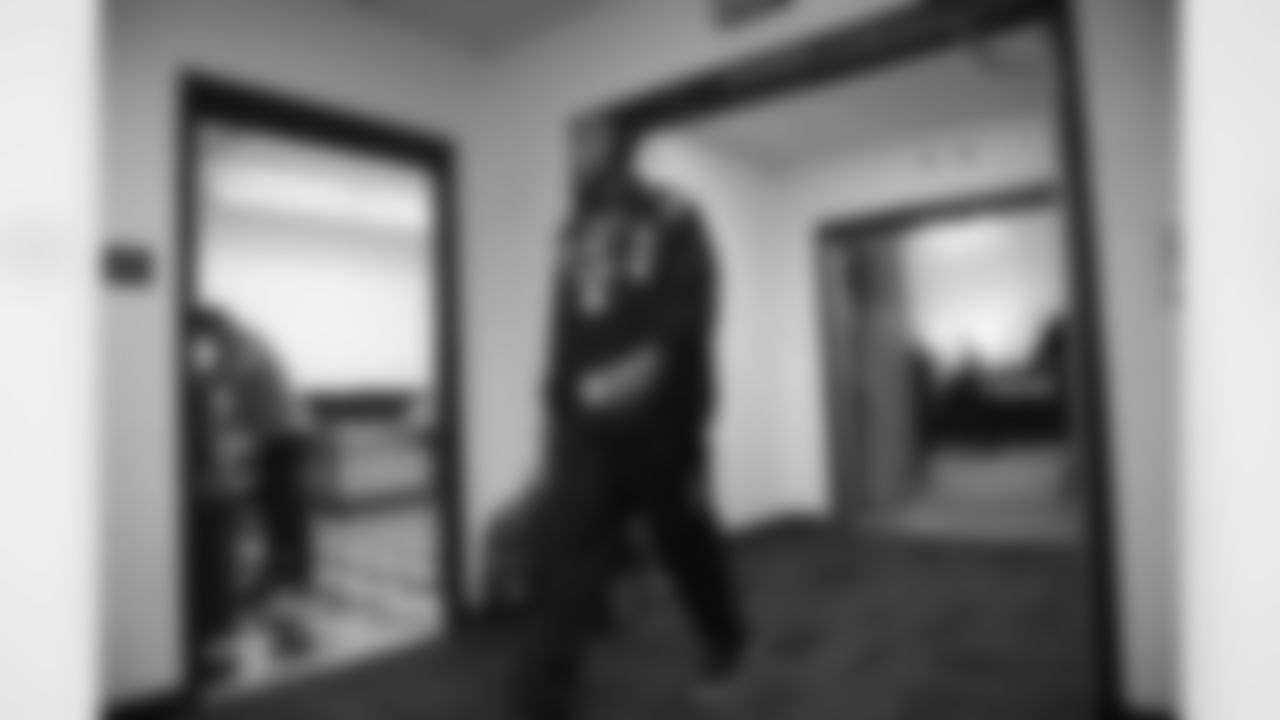

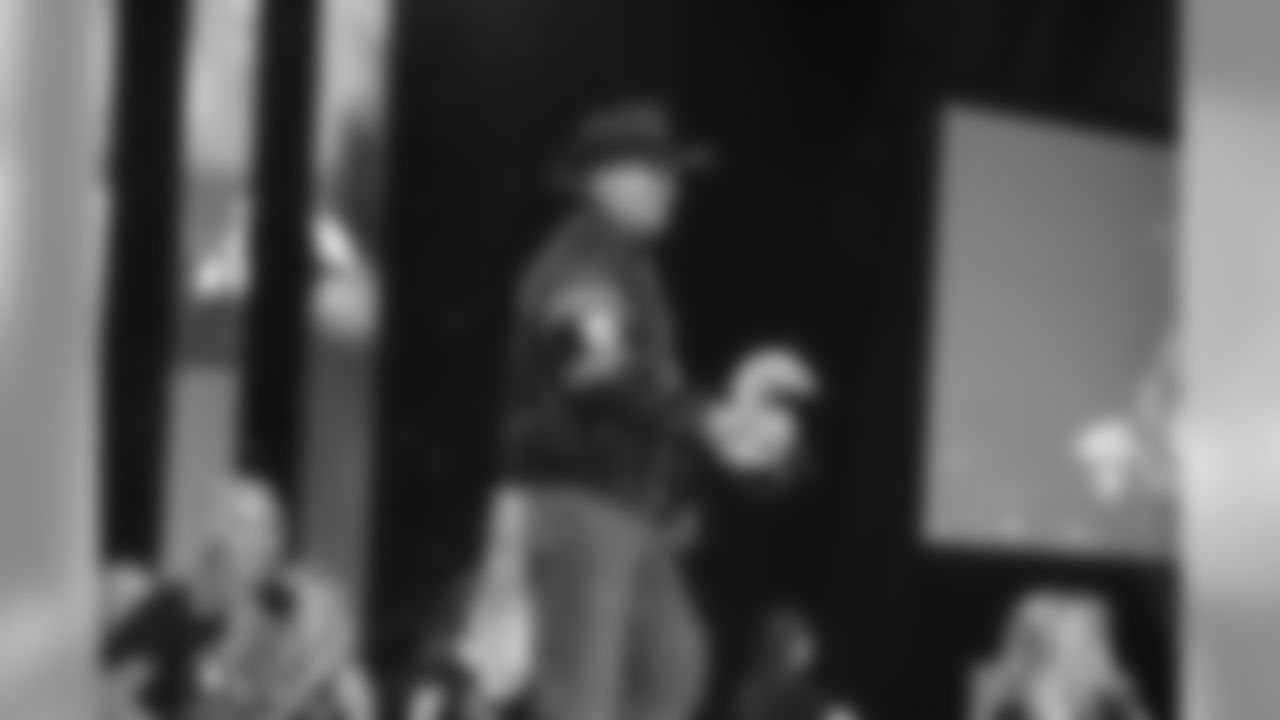

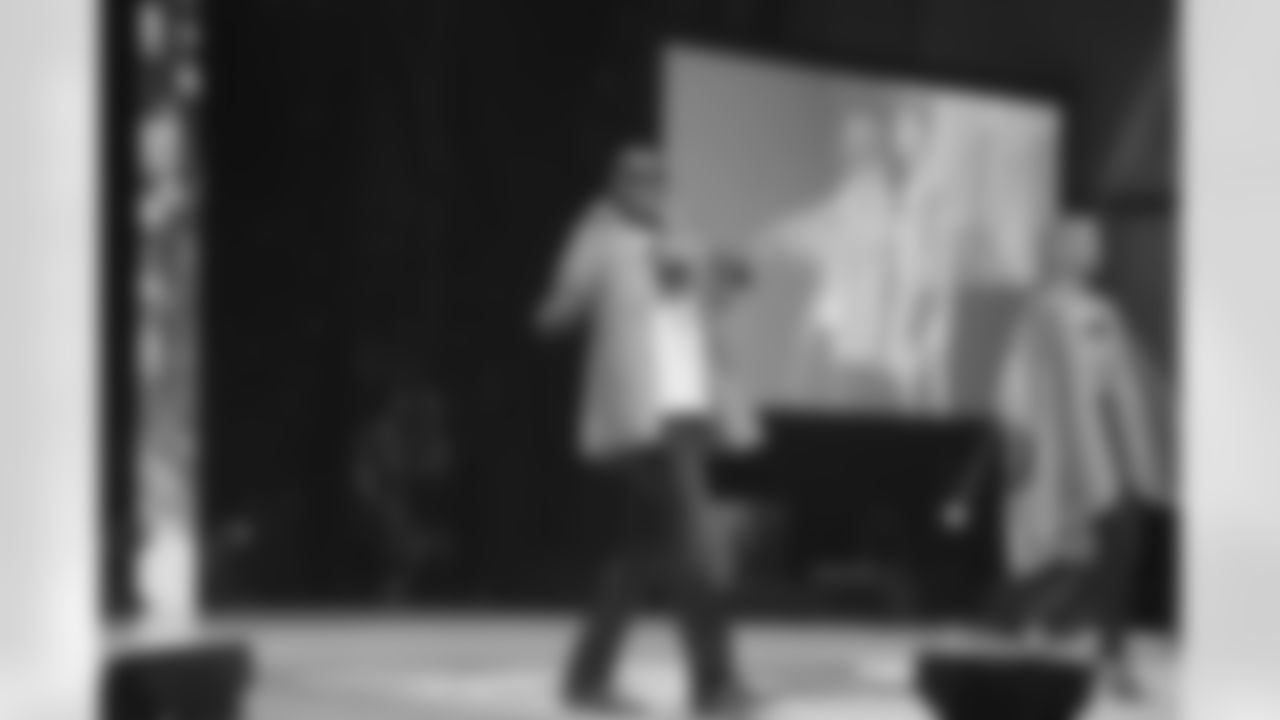


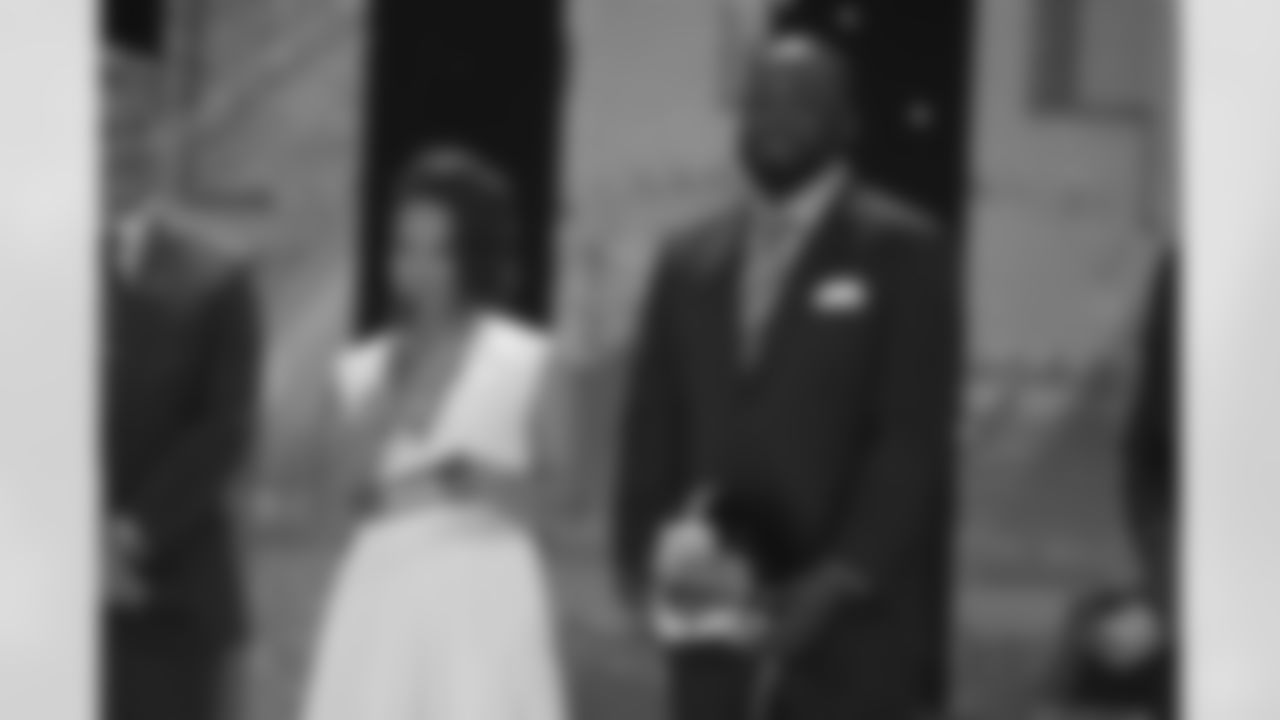

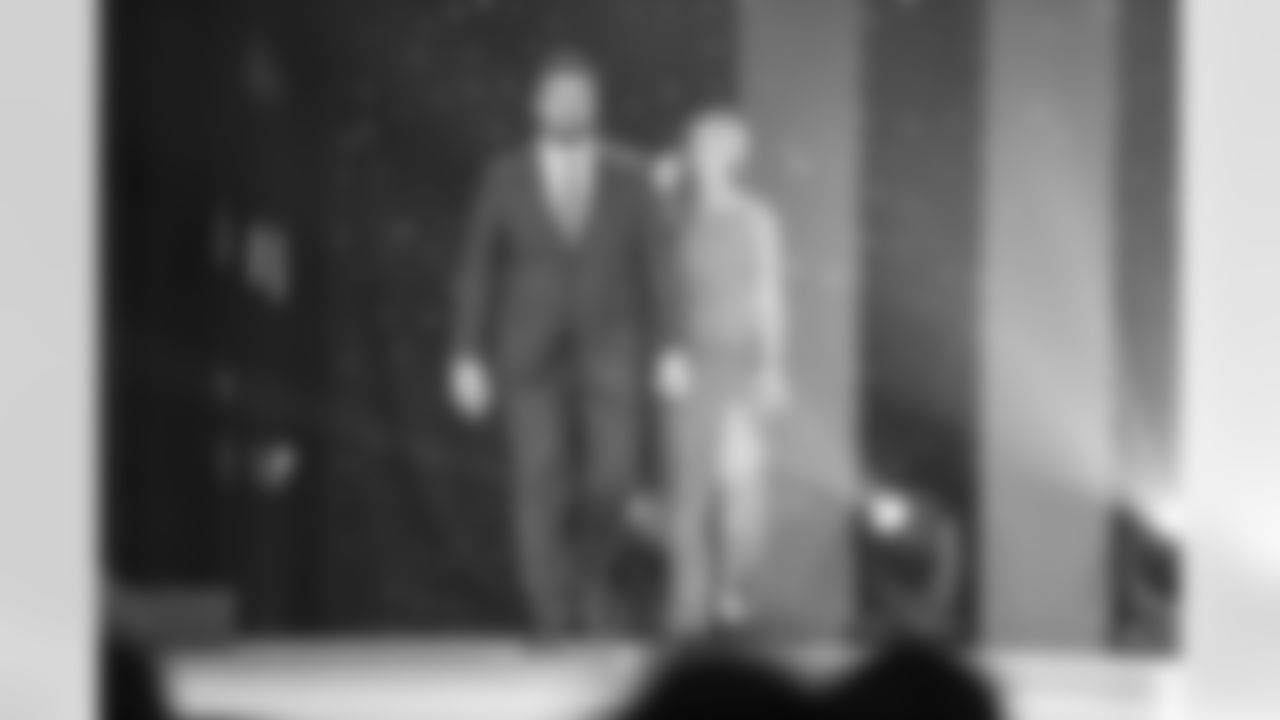



- As for the fourth, well, the Steelers only can hope the choice stirs the fan base to the same degree as its predecessor.
- Ryan Shazier to safety. Or outside linebacker. Le'Veon Bell to wide receiver. The idea of moving a player to a different position is awfully intriguing to a segment of every team's fan base, but the reality is that it's rarely successful at the NFL level. Maybe because the Steelers have had two fairly recent examples of it working out wonderfully, their fans have been spoiled into believing it's easy.
- Those two recent examples, of course, are Carnell Lake and Antwaan Randle El. Lake was a linebacker at UCLA, who first transitioned to safety and then to cornerback for a couple of his 10 seasons with the Steelers. Randle El was an option quarterback at Indiana University who then switched to wide receiver and helped the Steelers win Super Bowl XL with a perfect pass to Hines Ward in that 21-10 victory over Seattle.
- Any player who's even being considered for the NFL has gone through a lifetime of being a special player and being told how special of a player he is. Through his days playing Youth Football, then in high school, then through the whole recruiting process. Then college football. There is an ego that develops, because it requires a certain level of confidence to ascend to a level where getting paid to play football is a legitimate career option.
- That same level of confidence, that ego, often is the very thing that prohibits a player from buying into the concept of having to switch positions to play in the NFL, and that reluctance can be what ultimately causes the attempted switch to fail. Or in the case of Tim Tebow, for example, that ego/confidence is what causes the player to decline any and all requests to switch.
- "For me it's always about pursuing what's in your heart, what you love, what you're passionate about, and I love the game of football, but what I really love doing is playing the quarterback position," Tebow said recently. "I've had a lot of good opportunities to play another position, but that just wasn't in my heart. It wasn't something I wanted to do. If I was going to make a change I'd rather make a change to baseball."
- And so while Tebow pursues a baseball career in the New York Mets farm system, there happens to be a successful position-switch story being told in the NFL this season, and it involves Terrelle Pryor, once a quarterback who now draws a paycheck as a wide receiver for the Cleveland Browns.
- Notice the difference in Pryor's outlook. "I just looked at it like this," Pryor said. "I love the game and I love playing (quarterback), but at the same time I have more love for the game than that position. Ultimately, this game just means everything to me, so I just had to really humble myself and know, 'Hey, you're not good enough to play this position, so let's go and try and do something else.' It takes a lot of humbling of yourself and it takes you to man up and really just own up to 'You didn't do it well and it's time to move forward and try something else that maybe you might be decent at.' That's just where my mind was."
- The moral of the story being that unless a position switch is embraced completely – both physically and, more importantly, mentally – it's doomed to fail.
- It was a video clip replayed over and over and over following the games of last weekend, the one from the Browns game against the Redskins in which Cleveland running back Duke Johnson is standing next to a pile of players holding a football in the air as the game officials dug through that pile trying to find which team had possession of the ball Johnson was holding.
- The particulars were that Johnson had fumbled the ball, and as he held it aloft while standing next to the pile of players, the officials signaled that the Redskins had recovered and awarded them possession.
- Speaking on NFL Network last Tuesday, NFL vice president of officiating Dean Blandino said officials "had already ruled possession" by the time Johnson came out of the pile with the ball and that "no clear evidence" from several replay angles showed that Johnson or another Browns player had recovered the ball. Blandino went on to say "no question it's a bad visual" to see Johnson holding the ball while officials pointed in the Redskins' direction.
- A bad visual, and a bad call.














